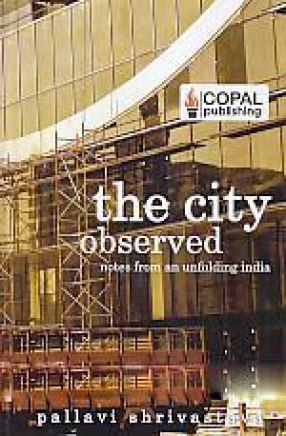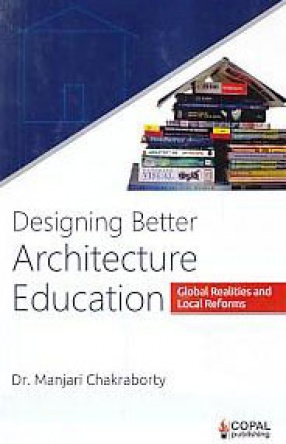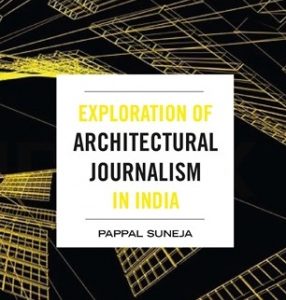
Copal Pub. Group

29 books
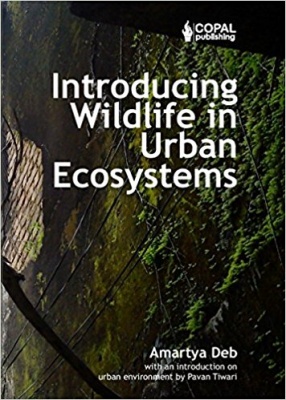
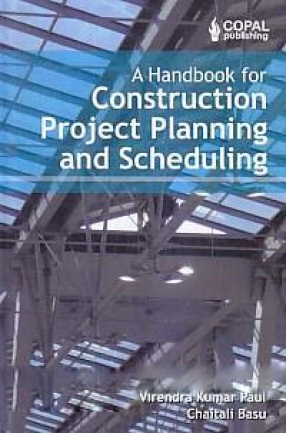
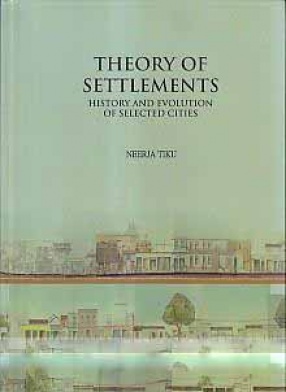

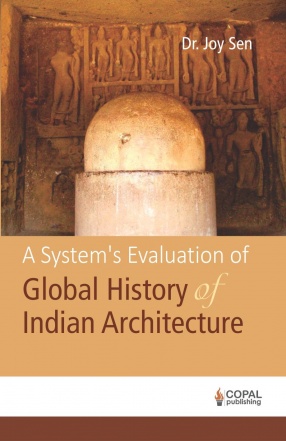
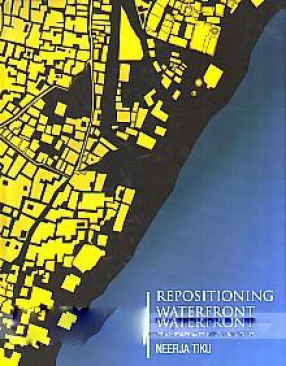

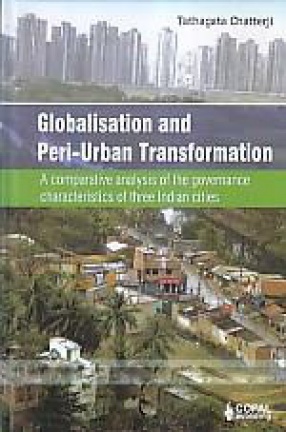

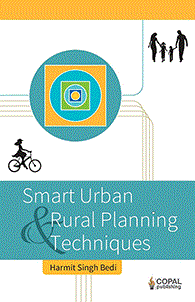
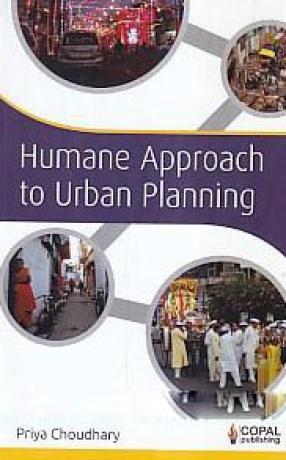
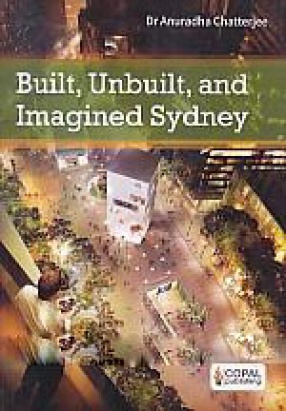

The book is an attempt to explore the basics of Architectural Journalism. This take on Architectural Journalism is a manifestation of the Author's thoughts; it basically revolves around the ideas of arousing public interest and reception towards the novelties of building design while subtly nodding towards the emerging realm of Architectural Journalism with an emphasis on conveying the right ideas to the right people in an order to equip them with a practical and ...

India is undergoing a period of extraordinary urban transformation. For the first time in modern Indian history, the rate of urban growth is higher than that of the rural. Material transformations -- freeways and tollways, malls and gated communities, changing work patterns and new forms of consumerism -- are, however, also accompanied by social and cultural changes. What is also of enormous significance is that accelerated urbanism is not just a facet of life in ...
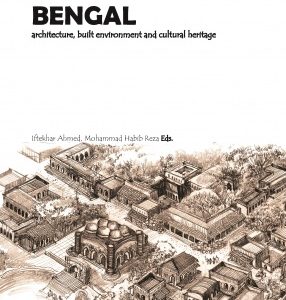
The fertile land and abundant wealth of Bengal attracted many conquerors who left their mark on its timeline; some only plundered while others became rulers. Their footprints, similar to the alluvial soil of the Ganges delta, silted up layer upon layer. The, harsh climate faded many footprints with time, while a few remained intact. Traces of these layers can be found everywhere in Bengal. With age, some layers got merged, others transformed into something ...

As urbanization sprawls into natural areas, the traditional space for wildlife is diminishing. At the same time, in very unique ways the urban is accommodating certain species of plant and animals. Can it be that in future the urban and natural will be one integrated unit? The book explores briefly a few critical aspects towards this vision. The novel and often incidental urban-wild arrangements, natural capacity to adapt and human-animal politics are discussed ...



The Ultimate Taj Mahal is written from the unique perspective of a highly acclaimed architecture academician. The book covers a wide spectrum of deliberations The Ultimate Taj Mahal is written from the unique perspective of a highly acclaimed architecture academician. The book covers a wide spectrum of deliberations - beginning with discussing the art and aesthetics embodied in the Taj Mahal; placing Taj Mahal in context with the cultural, political and ...

System’s approach (SA) is a holistic approach of understanding. The approach streamlines how small parts or things or events influence one another within a sequence of events, which constitutes of to-and-fro causal relationships. The network of such relationships represents a whole, where more than the co-existence of parts, the pattern of relationship gains a higher significance.
Recently, the entire scientific world, ranging from social sciences to basic ...
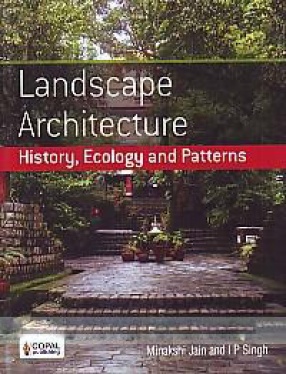



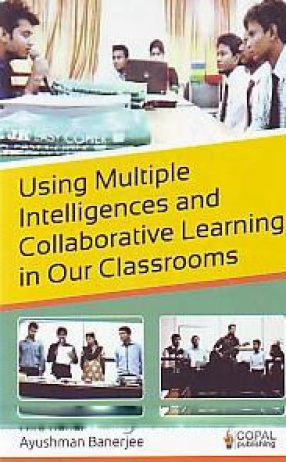
The normal tendency for teachers while teaching is to follow what he or she considers to be the standard process for teaching the entire class in the same way. The underlying assumption is that ‘one size fits all.’ But today’s globalised world is a world of multiplicity. Moreover, there is requirement for faster processing of knowledge and faster outputs. To meet such challenges there is need for collaborative work too. So, students need to be ...

At the request of Himalaya, Ganga decided to flow in certain parts of Ekamra Kshetra (Bhubaneswar). By constantly carrying the fragrance of many scented flowers, the river is called as Gandhabati. Gandhabati, now a days called as gandhua nala (a drain which stinks), has immense religious/mythological, ecological significance. Its association to various other tangible and intangible resources are also significant. But today this river/stream has been abandoned to ...

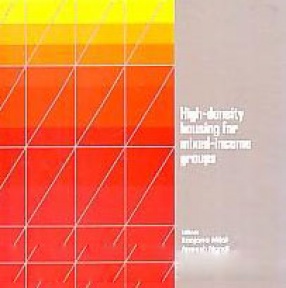
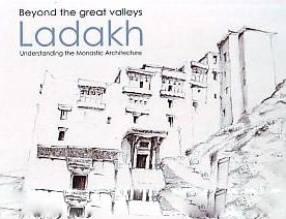
If Himalayas are the landscape of the mind, Ladakh defines it as a landscape. Ladakh, the region with world's highest mountains, was opened to the outside world in 1970s. Before that the entire region lived in oblivion inside their own world; ice cold winters and warm summers with green apricot trees blossoming in its barren landscape. The short summers are celebration for the people, dancing and drinking only to pave way for the apricot leaves to turn yellow and ...
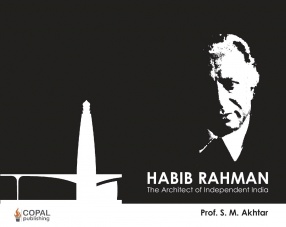
Habib Rahman, one of the visionaries, laid the foundations of the architectural vocabulary of independent India by playing a pivotal role in shaping the modern architecture of Delhi. This book describes Habib Rahman as an inscriber of the transition of India from a newly independent state to a strong republic, reflected through his architectural practice. It further describes Habib as an engineer, architect and a musician, a fusion of which is evinced in the ...

The book is designed to guide to build smart, sustainable, harmonious and futuristic communities with smart, innovative and creative tools such as sustainability, context sensitive design, form-based codes, mixed-use and life-style developments, charrettes, creative design options for Indian urban and rural areas. Execution and implementation of the suggested solutions and models can make urban and rural areas to be the most beautiful places to live, work, play, ...
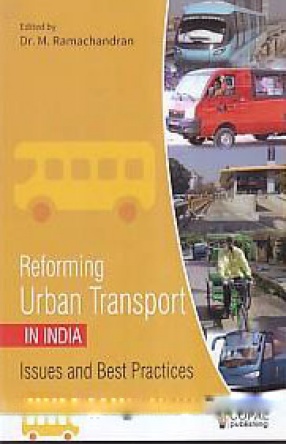
Reforming Urban Transport in India is an attempt to take stock of the various issues our cities and towns are facing in the area of urban transport, efforts made and being made both at the policy level as well as the field level to address the problems, the ever increasing complexities of challenges in the area of urban mobility and some of the laudable initiatives on the ground to handle the problems. This book would be a valuable addition to the limited ...

The book is an effort to evolve and present a humane approach for planning practices in India.
The planning approach followed in India, mostly ignores the cultural peculiarities, habits, preferences of Indian users. This is mainly because, all the city planning… preparation of development plans is based on the planning norms formulated in Europe or North America. Due to socio-economic, demographic and cultural differences in Indian context, the Indian ...

